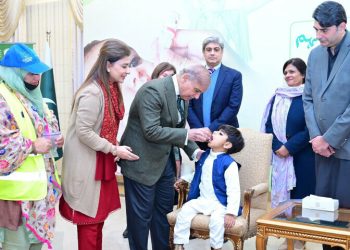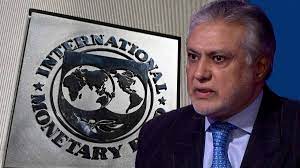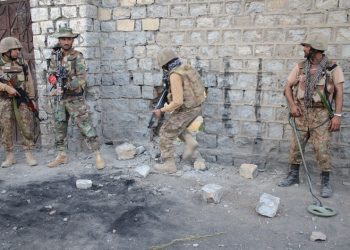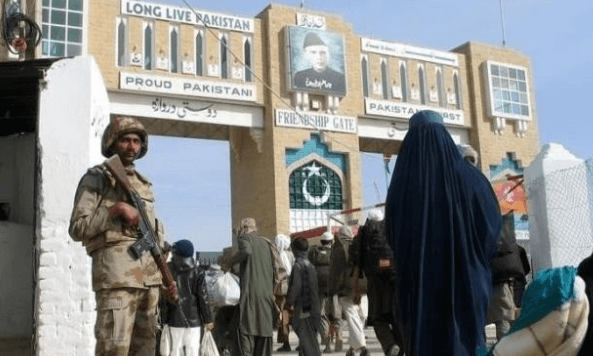Sindh continues to witness an alarming death count of asymptomatic coronavirus patients and 182 people having mild symptoms or none at all, who were advised to self-isolate at home as a precaution have passed away in the past three months before being able to reach a health facility.
Sindh had recorded its first death on March 19, and 1,013 people had died across the province by June 19. Around 18%, or 182, of them, died in their homes without being able to reach any health facility, he added.
“Majority of these people — around 170 — lost their lives in Karachi alone. These people were staying at home because they had no or mild symptoms after testing positive, but most of them suddenly collapsed and died before reaching any health facility,” according to a health department official.
“Between 2,500 and 2,800 people are testing positive daily in Sindh. On the other hand, the number of people contracting the disease daily but unable to get tested is in the thousands. Around 31,000 people are in self-isolation, and their well-being has become a major cause for concern for us.”
So far, 69,633 people have tested positive for the novel coronavirus in Sindh, and 30,705 of them are observing self-isolation because the majority of them are either asymptomatic or showing mild symptoms and so do not require hospitalisation.
The official said deaths of patients at home has become a serious cause for concern for the authorities because all the COVID-19 treatment facilities are packed to capacity, so now people have nowhere to go to seek medical assistance in case of an emergency.
“The condition of COVID-19 patients who are healthy and asymptomatic deteriorates so rapidly that they require ventilator support, but since it’s impossible at home, they die without reaching a health facility,” said pulmonologist Prof Dr Javed Khan.
He said that cytokine release syndrome, or commonly known as cytokine storm, which is the immune response of the human body in COVID-19 and other respiratory illnesses, could suddenly deteriorate the health of patients and they could require life support.
“Patients in self-isolation are also dying due to pulmonary embolism, in which blood clots are formed and they travel to the lungs, where they block them and people die due to respiratory failure,” said Dr Khan, adding that blood clots could also result in major strokes and heart attacks in COVID-19 patients.
Dr Usman Ghani, a consultant stroke physician at England’s University Hospitals Coventry & Warwickshire, said that COVID-19 patients are at high risk for thromboembolic disorders (blood clots in lungs) due to infection and inflammation.
“If they remain immobile for a long period of time or become dehydrated because of diarrhoea associated with the use of Sana Makki, chances of having blood clots go up. They need intravenous fluids [drip] to maintain their fluid status and blood thinning injections [anticoagulation] to prevent and dissolve the blood clots.”
He said that if these patients have a persistent temperature and cough leading to respiratory difficulties, they need immediate medical treatment. “They are likely to have an infection in the lungs or low oxygen levels, which can be checked only by doing a chest X-ray and arterial blood gases.”
Dr Ghani said that if these patients start getting chest pains or palpitations, they need to be checked for cardiac complications of COVID-19.
“Heart attacks [MI], cardiac arrhythmias leading to heart block, inflammation around the heart [pericarditis] and heart failure can happen post-COVID-19, leading to death if not checked immediately. They need to attend a hospital as well as get an ECG, heart enzymes blood test [troponins] and echocardiogram [ultrasound scan of heart].”
Sindh Health Minister Dr Azra Pechuho said that people were afraid of coming to hospitals and were not providing information to authorities. She confirmed that as of now, 182 COVID-19 patients with mild symptoms have died across the province.
















































